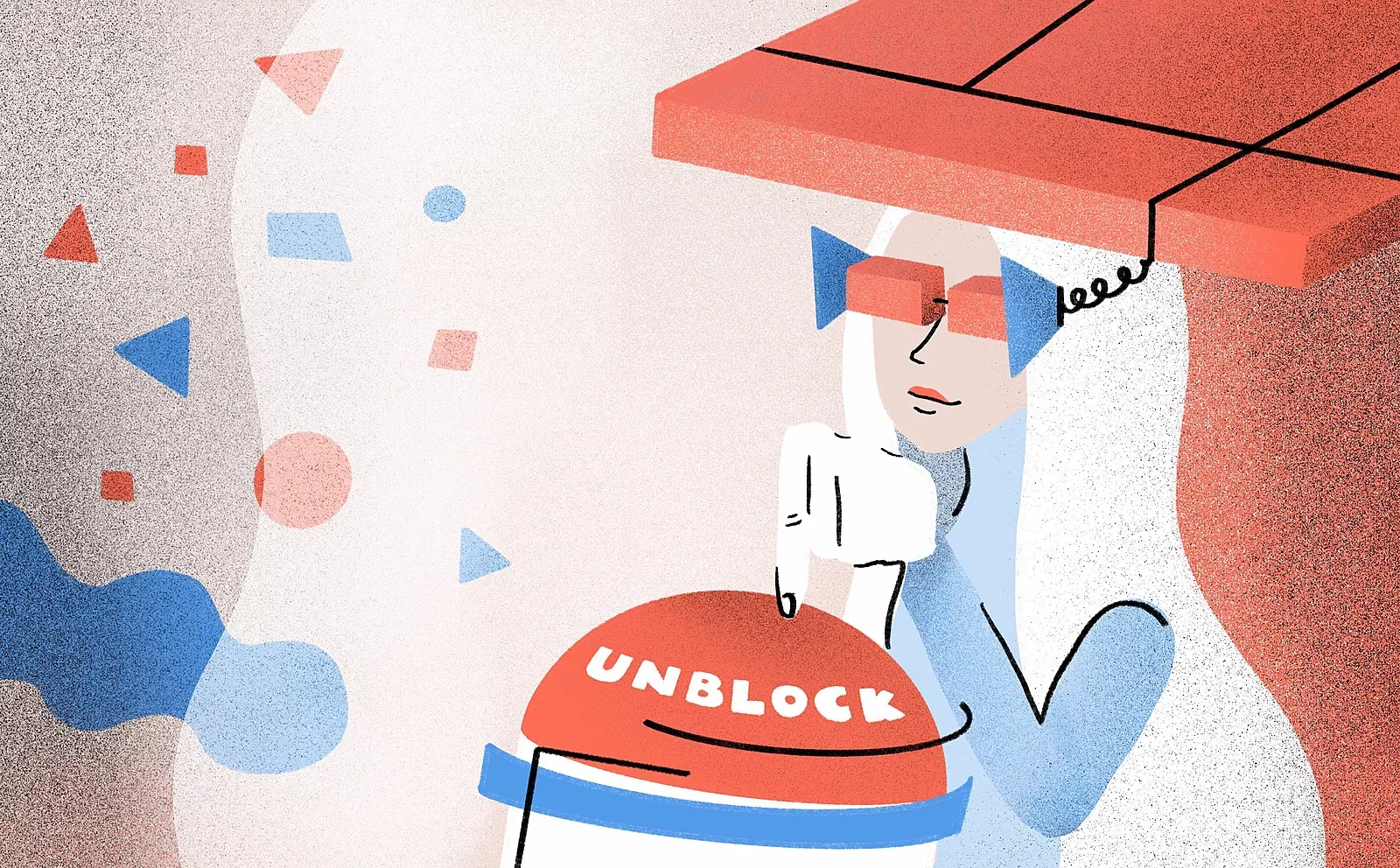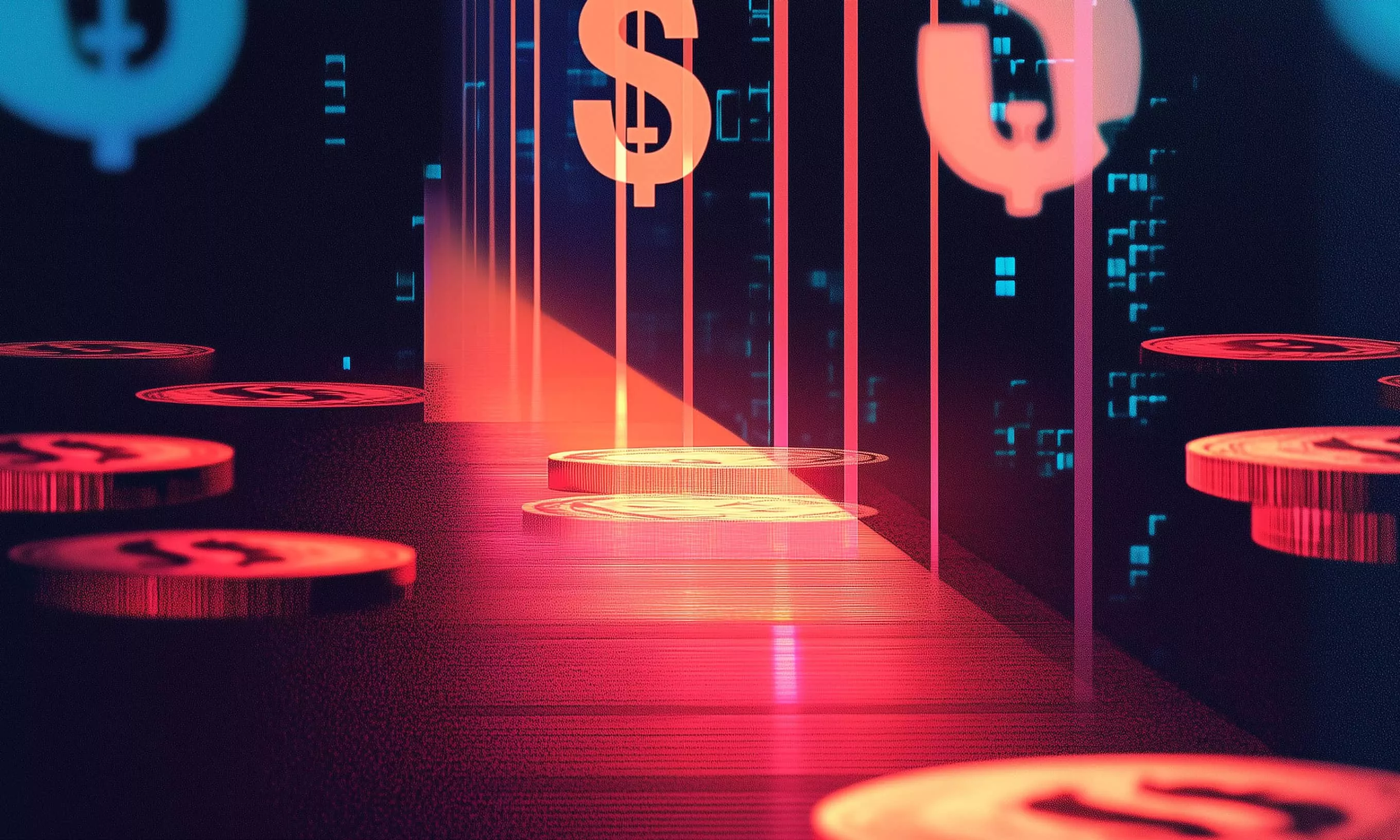Creative block, a term often overused. There is no doubt we’ve all faced it. Everyone comes to the point without a clear vision of how to solve a given problem. But the question is, is creative block really the way to give up in that exact moment, put the blame on it and call it quits?
Work around creative block and get back on track
Have you ever looked at a creative block as an opportunity to start over?
Maybe the method you were using thus far hasn’t been producing the best outcomes. Perhaps you were too focused on the idea of one particular creative direction. Maybe the tools you have been using are not the best fit for you. Maybe you just need a break. Maybe the problem is much deeper.
Either way, there are ways to overcome it and reach your goal.
So rather than looking at creative block as an obstacle, look at it as a second, third, or fourth chance to start over. Keep that in mind as we tackle 10 different strategies to start over when a creative block strikes.
Ten strategies to deal with creative block
1. Open your mind
First and foremost – open. your. mind.
Just because something is done how everyone expects, doesn’t mean it is the right or the only way to do it. For inspiration purpose, take a look at Airbnb. Initially, it was just a platform for booking accommodation. But they had bigger things in mind and so they expanded their product into being a service of experiences.
Play with exact opposite of what seems expected for the type of product you are designing. If you are designing only for digital products, that doesn’t mean you can not play with analog methods in your design process anymore.
Take different angles. Often when we are designing we get caught up in just one perspective of making the product. Let other people try it and hear out their thoughts, it may spark an idea for something.
The point is to stay open to ideas, as more open your mind is, less of a chance of anything getting stuck in there.
2. Set a moodboard
For almost every bigger design project, you are advised to set a moodboard.
These are collections of images, colors, materials and keywords that represent the look and feel of the product you are designing. You can create one on Pinterest, in Milanote, or paste images on a piece of digital canvas in Illustrator or Photoshop, or Sketch… even Paint for that matter.
You can also create a moodboard the old fashioned way; cut out photos from magazines and paste collage paper on a physical board.
There isn’t really a specific rule how to make a moodboard, but the point is to gather visuals in the same place so that once you look at it, you can get the feel how the product you are designing should look like.
As it may happen later in the design process, you may totally forget the initial direction and move too far in an undesired direction that doesn’t give good results. So when you stumble upon a creative block, look at you moodboards and remind yourself where you wanted to go in the first place.
3. Make a game out of it
Stuck developing a visual concept for a client, thinking your solutions are somewhat generic and ordinary?
Try to spice the design up a little. Invite 2 or 3 colleagues, present them the brand and let them, separately, write down 3 of each of the following categories:
- 3 adjectives (keywords they would think represent the brand)
- 3 visual style (different visual styles, for example: collage art, black&white, line art)
- 3 animals (1 animal that would represent the client, 1 animal that would represent the client’s users and 1 animal that would represent the brand)
Take the papers of each category, mix them up, and then choose randomly by category. You may end up choosing papers like: golden/line art/flamingo. The point of this is to play a bit and give opportunity to some totally random ideas on visual guidance.
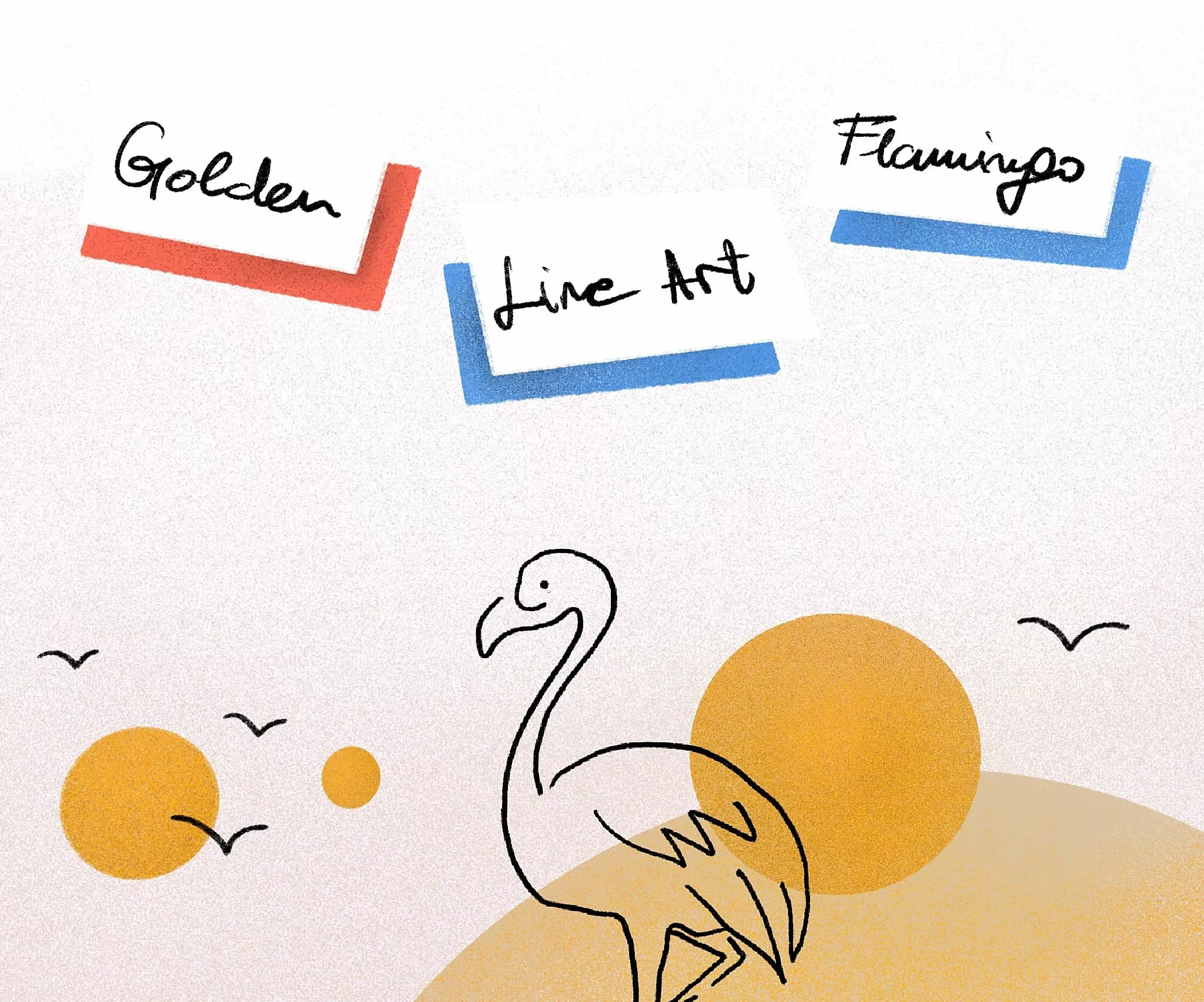
If you get stuck, try to think of presenting your problem in a form of a game. I just invented this, but it could be worth a try. It doesn’t have to be a game like this, but see what could work for the project. It is fun, and it may result in some winning combinations.
4. Change environment
The idea of changing environments can work both physically and on a mental level. If you get stuck with a project, instead of forcing yourself to stay in the same bubble of thoughts, try to shift your focus into other things or other projects.
Switch rooms, swap desks with your colleague, rearrange your surrounding.
5. Get a set of new eyes
There is nothing wrong with your eyes, but they may be a bit out of focus, blurred, or your pupils might be dilated after you’ve been staring at the same thing for hours and hours.
Perhaps, your colleagues had a similar problem before and could tell you how they handled it which could inspire your design solutions.
Don’t be afraid to show your work to a colleague and ask for help. A fresh new mind can have a totally different perspective and encourage you to try something new.
6. Create your zone
Create a place where you feel most comfortable. It may be a physical space or perhaps a state of your mind.
Make it in your own style. Maybe you like pure minimalism with nothing extra or you like to decor your space with some of your favorite colors, plants, a quote or an image of someone you are inspired by, some music…
Choose materials that motivate you. A lot of times you may hear people say: “Get out of your comfort zone!” in order to achieve things in life. While that idea can really apply to some situations, I believe the best work comes from your place of comfort.
I always get in the zone when I’m in my zone.
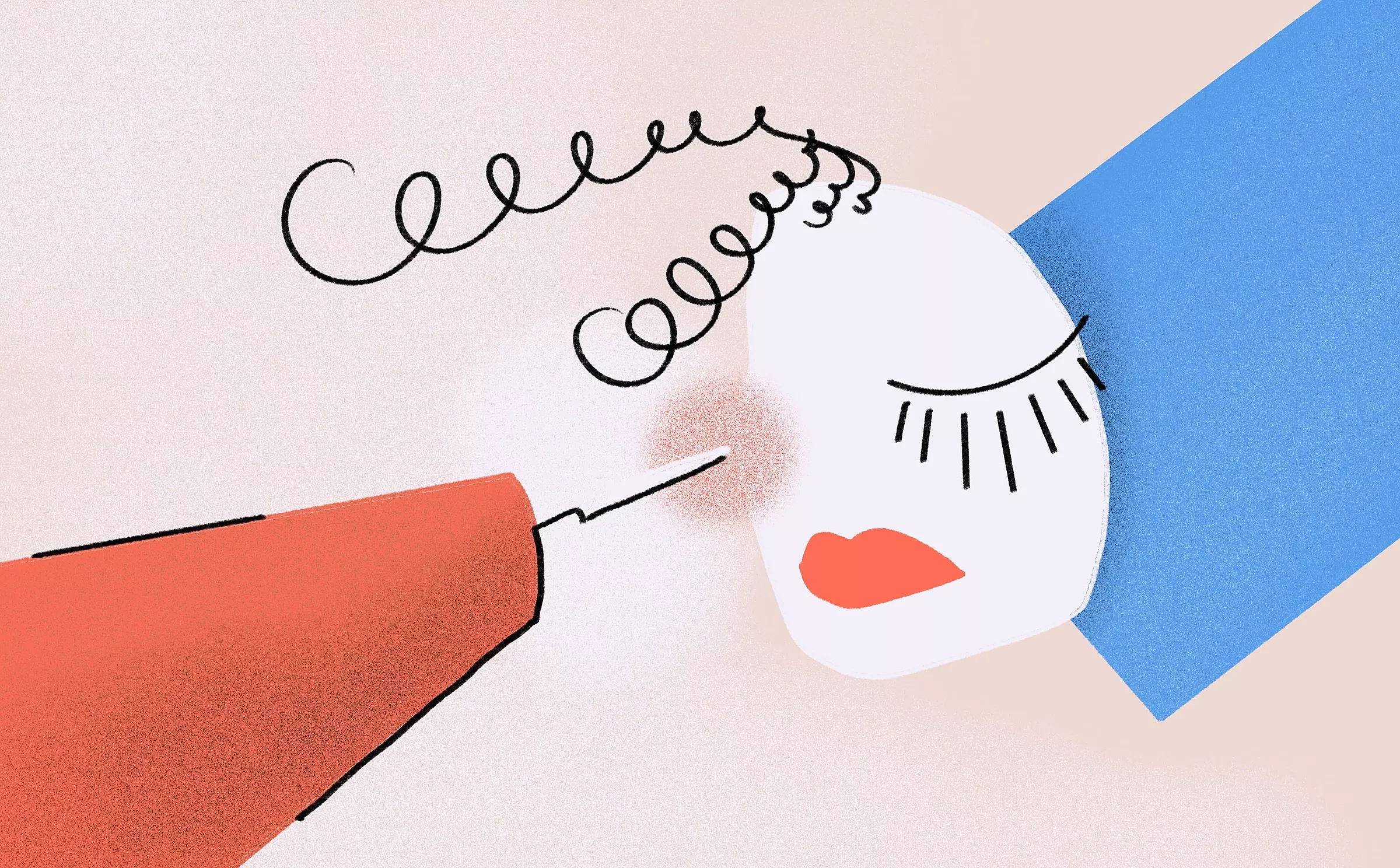
7. The artist and muse
I am not talking about the KKW make-up collection here but about the idea to find your source of inspiration.
Get inspired and become motivated from other examples, brands, design studios, agencies, any creative place. I will dare and call Pinterest my muse.
It is there for me always, and has been so many times when I felt uninspired. I couldn’t imagine designing without diving into the beautiful world of imagery.
8. Hop in your Relaxi taxi
Burn-outs shouldn’t be part of anyones regular workflow. So if at the moment you feel like you can’t continue and you are exhausted, simply take a break. Step into your Relaxi taxi and put your mind to breeze (Friends pun intended).
Forcing yourself won’t produce any quality results.
We all need to take some time to refresh ourselves. We’re not machines – and even they need a reboot. It is only with a clean and fresh mind that we are able to see new horizons.
9. Believe in yourself
Sometimes what is blocking us creatively is that we don’t believe in ourselves enough. We start saying “I am not able to do this” or “I am not on that level”.
Two factors may cause this: you have a discouraging mentor figure, that doesn’t believe in you enough, who doesn’t push you forward, and you believe that figure is right. You decide to accept that, so the second factor is you. And you are the factor that plays the main role here. It all comes to you, you need to decide are you going to let the block cement you, or will you prevent it from pouring that ugly toxic material on you.
During my college years studying abroad, I was told by one of the professors that I should quit and consider another career and that maybe being a designer is not for me. I was completely heart-broken at the moment and for a split second I even thought of it.
Because being a designer was my goal in life, I decided to do the exact opposite of quitting – persist.
Reach even higher, invest even more effort, and keep myself going.
I can thank many people to be where I am today, as I was able to find myself quality mentors. But the path that led me to them started from my own decision of not letting anyone underestimate my abilities.
10. Solutions take time and practice, so practice
Exercise your brain and in an N amount of time you will be able to find solutions easier. It’s a no brainer.
Everything you do today with such an ease, your body actually took a significant amount of time and effort growing up and persistently doing until it got it right. You can walk normally thanks to your 1-old self, as you never gave up, you just kept trying and trying, falling numerous times, until you finally got it.
If you are not able to make something, just keep on doing and practicing it. Practice is always the way to really reach something.
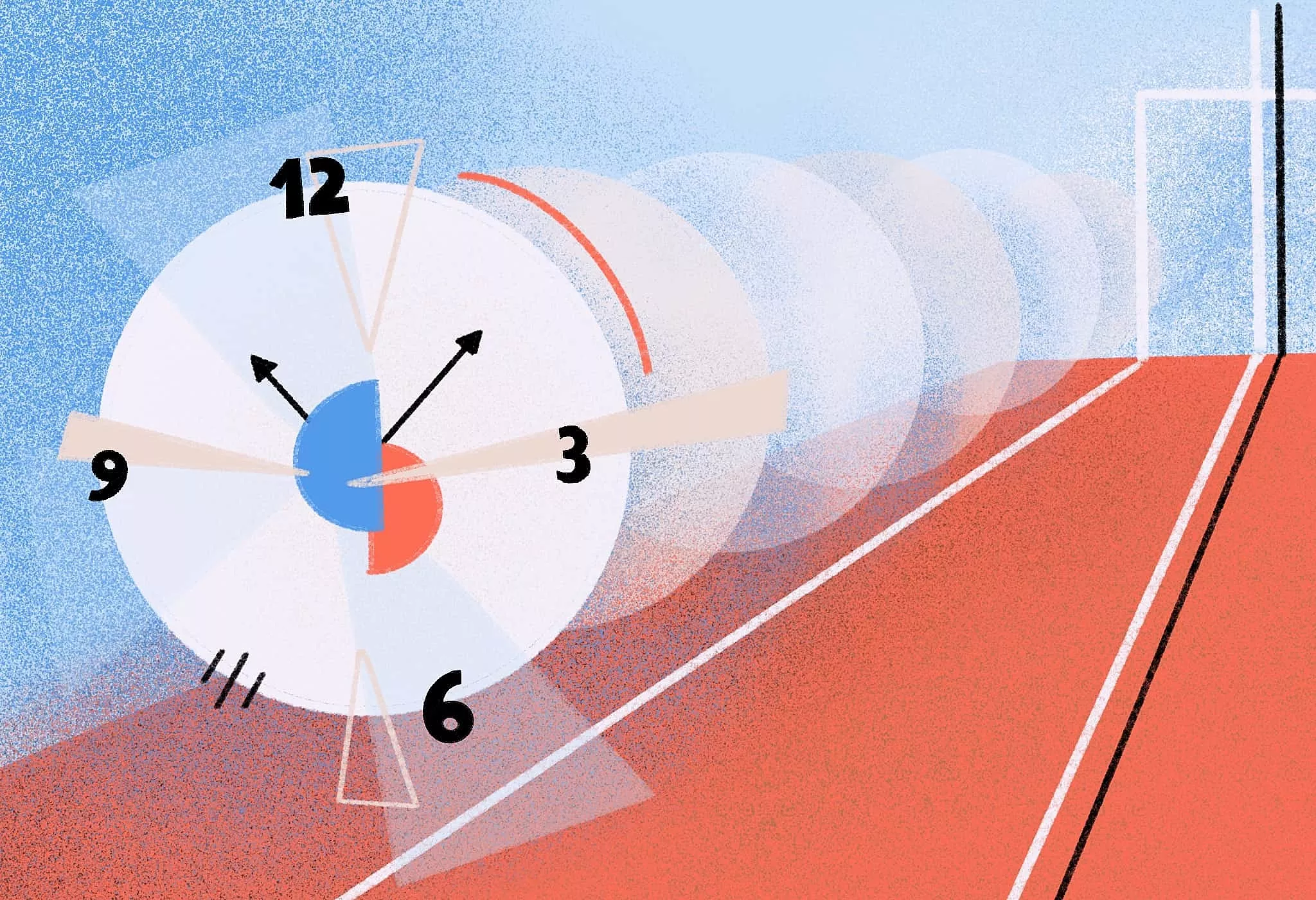
Getting places is a matter of time
Getting over a creative block is a task for you to find the most suitable way to start over given your situation.
Quite similar to evolution, which we can consider a nature’s design process, getting that perfect functionally designed product to work in the environment it found itself requires time and multiple tryouts.
You need to keep yourself trying and practicing. Accept your downfalls, learn from them and continue reaching.
Explore the world around you. Track past, present and possible future states of design. Attend conferences, find your inspiration muse, and get in your zone. Play games. Organize workshops, attend workshops, and surround yourself with people that bring you up and push forward.
Finally, always believe you can make it and simply start doing it.
Stop complaining, start doing
No one never got anywhere from just complaining.
Decide whether your creative block will be an obstacle and an excuse to give up or you’ll make a solid base out of it and start building your next design project on top of it.







